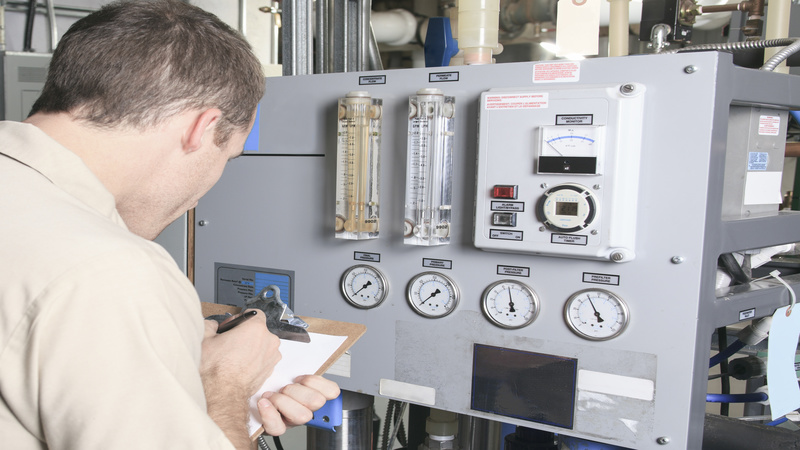Annealing is not a new process, but it is a very effective way to create softness in a metal that makes it more machinable and easier to form. After metals go through the process, they have several additional benefits to consider, including having a more uniform surface appearance.
The basics of the annealing heat treatment are simple, but the complete process must be done to exacting time and temperatures based on the metal or alloy in the part or component.
The Basics of the Process
The first step in the annealing heat treatment process is to heat the part or component to a specific temperature. This temperature has to be controlled to allow the structure of the metal to move and align, creating a more malleable metal. Then also in a controlled process, the metal is allowed to cool. As the metal cools the grains solidify in alignment, creating less interior stress and removing surface deviations.
The most common source of grain misalignment in metals and allows is through hot working. It can also occur in cold working and depends on the specific characteristics of the material.
Options to Consider
The annealing heat treatment process can create scaling and decarburization if the process is done in the air. To avoid these issues, the annealing process can be completed in a controlled, inert atmosphere. These inert atmospheres can include the use of argon, nitrogen or hydrogen and others. It can also be completed in a vacuum where oxygen is removed from the environment to prevent and surface issues.
Either option, either in the air or without the presence of air, provides an effective, precision controlled process. It is often used for parts and components in the aerospace and automotive industries but can be used in other applications as well.






